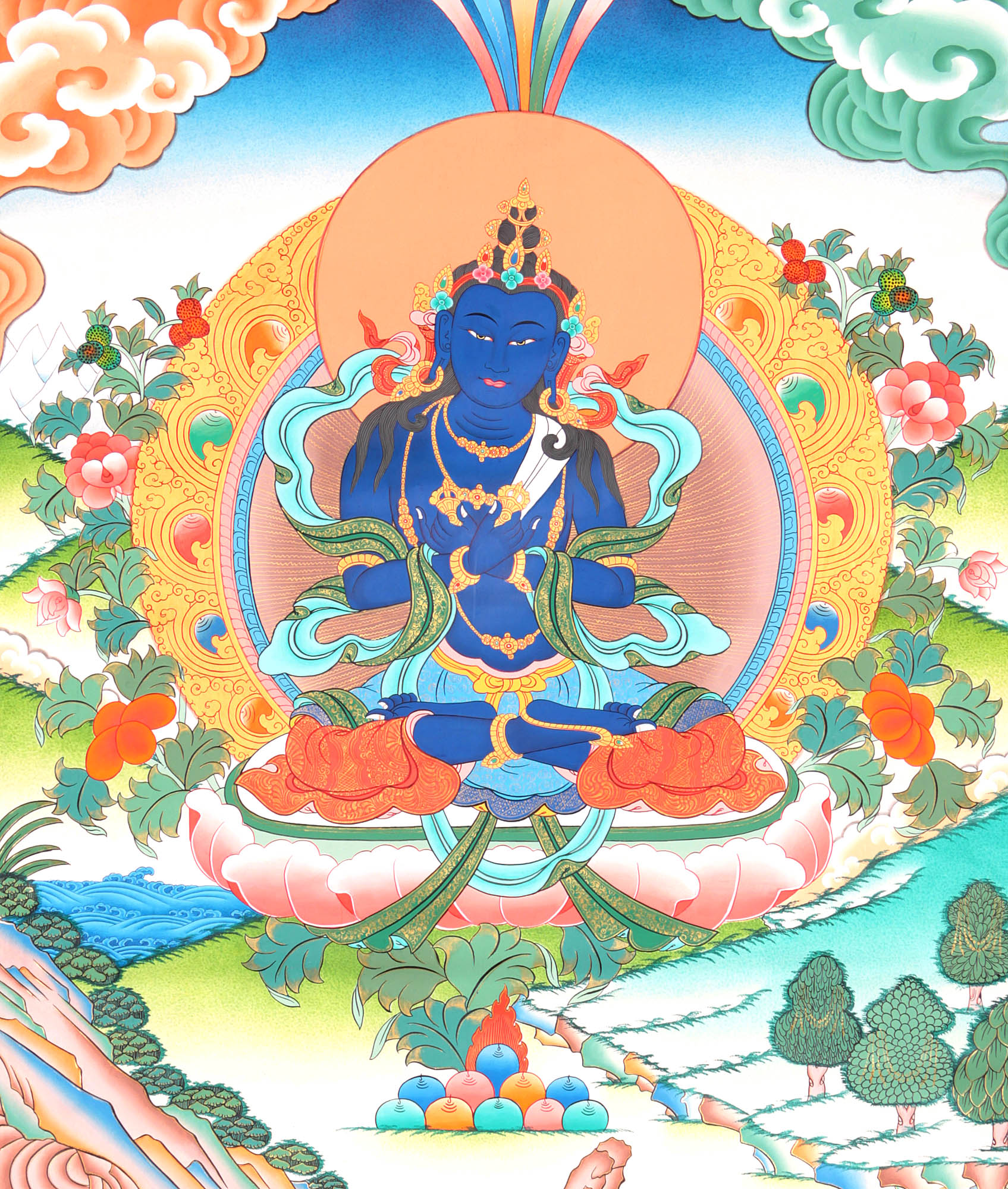Sensei Alexandra Shenpen featured in The Denver Post
Photo by Helen H. Richardson, The Denver Post.
Excerpt of Denver Post article “Modern take on Japanese floral arrangement creates magical representations of nature” by Danika Worthington:
“Fusa Wakumoto clipped the stem under water before molding the flower into the shape she wanted. She placed it in her base, finishing her floral arrangement, and bowed. The crowd clapped.
“The whole point is to seem like perhaps it was a natural occurrence, even though you know it’s not,” Russell Clark said, narrating for Wakumoto and fellow floral artist Alexandra Shenpen as they demonstrated Ikebana, or Japanese floral arrangement, during the Denver Home Show on Sunday.
The two are local members of the Sogetsu School of Ikebana, an avant-garde branch of the centuries-old practice that has been growing in popularity in recent decades to the point where their annual floral show during the home show showed nearly 70 arrangements this year, compared with 55 last year.
“It’s just a lovely art form,” said Martha Polson, director of Sogetsu Colorado. “You can always grow. You can always try to do better. You seldom live up to your expectations because as you grow, you raise your expectations.”
Ikebana focuses on harmony and balance. There are three elements to a piece — heavens, humanity and earth — that each have designated proportions. As an artist grows, though, they begin to take more creative liberties.
The arrangements weren’t trying to edge each other out for a blue ribbon. Instead, works by newbies and Riji, the most skilled artists, coexisted next to each other. They ranged from simpler pieces taking up little room to ones on the floor that could’ve been taller than a basketball player.
The arrangements were molded into place by hidden stems or disguised wires. Some wood was soaked in water, bent into shape and then dried. Others were stuck into pins hidden inside vases. Without knowing the conceptualizing, sketching and detailed formation behind each piece, a viewer may interpret them as magical takes on nature.
Despite all the work that goes into the pieces, they typically wilt within a week, Polson said. However, flowers can be replaced to make them last longer.
Artists don’t have to study for decades to create beautiful pieces. But as Polson and many others stressed, the joy in the craft is that an artist is always learning new things.”
Read full article (click here)
Sensei Alexandra Shenpen will begin a beginning Kalapa Ikebana class on April 1st, read more and register here: https://boulder.shambhala.org/program-details/?id=353207








